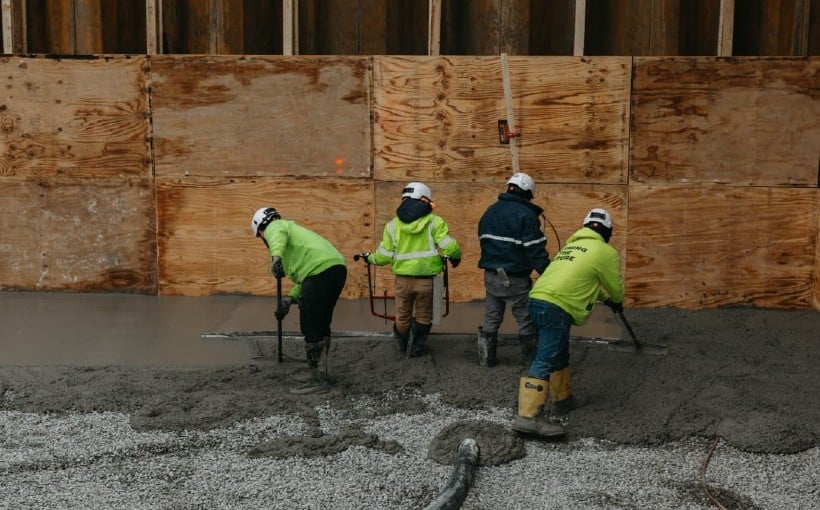Mark Russo, Vice President of Industrial Research at Savills, notes that in the past, the United States and North America relied heavily on service and knowledge economies. However, there has been a shift back towards manufacturing as highlighted in Savills’ recent Manufacturing Report.
The report shows that while manufacturing announcements and jobs have slowed down compared to previous years, they are still at historically high levels. Additionally, clean energy projects make up a significant portion of these announcements.
One surprising finding from the report is the increase in manufacturing activity in Eastern Canada. Major car manufacturers such as Stellantis,Volkswagen,Ford,Honda,and GM are investing in electric vehicle and battery production facilities there. This puts Ontario on par with other well-known “battery belt” hubs in the US.
Another unexpected trend is the rise of clean energy-related announcements which have more than doubled since 2022 while EV- and semiconductor-related ones have decreased slightly.
When it comes to site selection for these new manufacturing facilities,the location plays a crucial role according to Russo.The availability of land,labor,power,and incentives all factor into companies’ decisions.”States with lower costs of living,strong logistics connectivity,and business-friendly governments tend to see more traction,” he explains.Other factors like proximity to automotive facilities or partnerships with universities also play into companies’ decisions when selecting their location for production sites.Additionally,power availability has become an increasingly important consideration due competition between manufacturers but also data centers for resources,says Russo.
Looking ahead,the outlook for 2025 includes an increase U.S.protectionist policies driving reshoring efforts regardless who wins this year’s presidential election.Mexico will continue its growth thanks its favorable locationand labor advantages.Furthermore,Russo predicts positive impacts on real estate markets from large-scale projects being announced.However,this shift towards increased domestic production may lead supply chains evolve,resulting potentiallyin fewer dominant port markets.This means both real estate industry players should take note and local governments should be proactive in preparing for this shift by investing in infrastructure,utilities,and workforce development programs to support the growth of manufacturing communities.Additionally,there will likely be a need for more workforce housing as these areas experience population growth.”Communities should plan ahead and advocate for zoning and planning policies that support this expansion,” says Russo.




